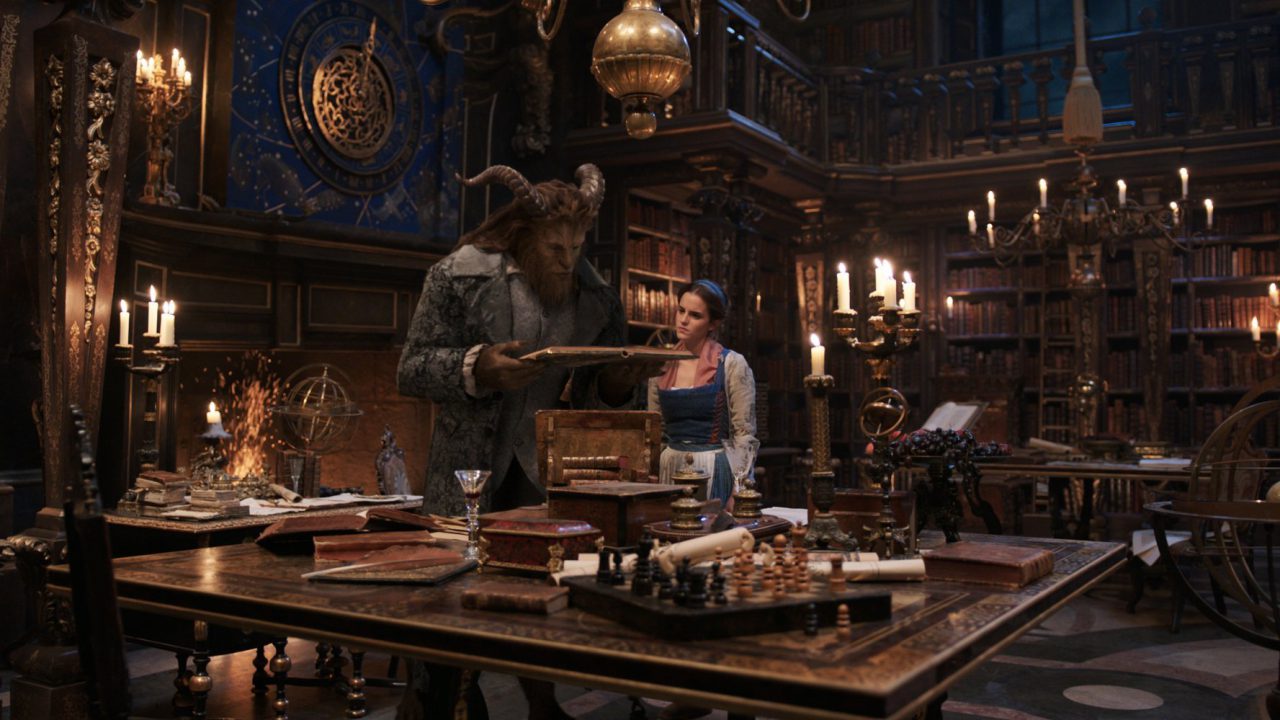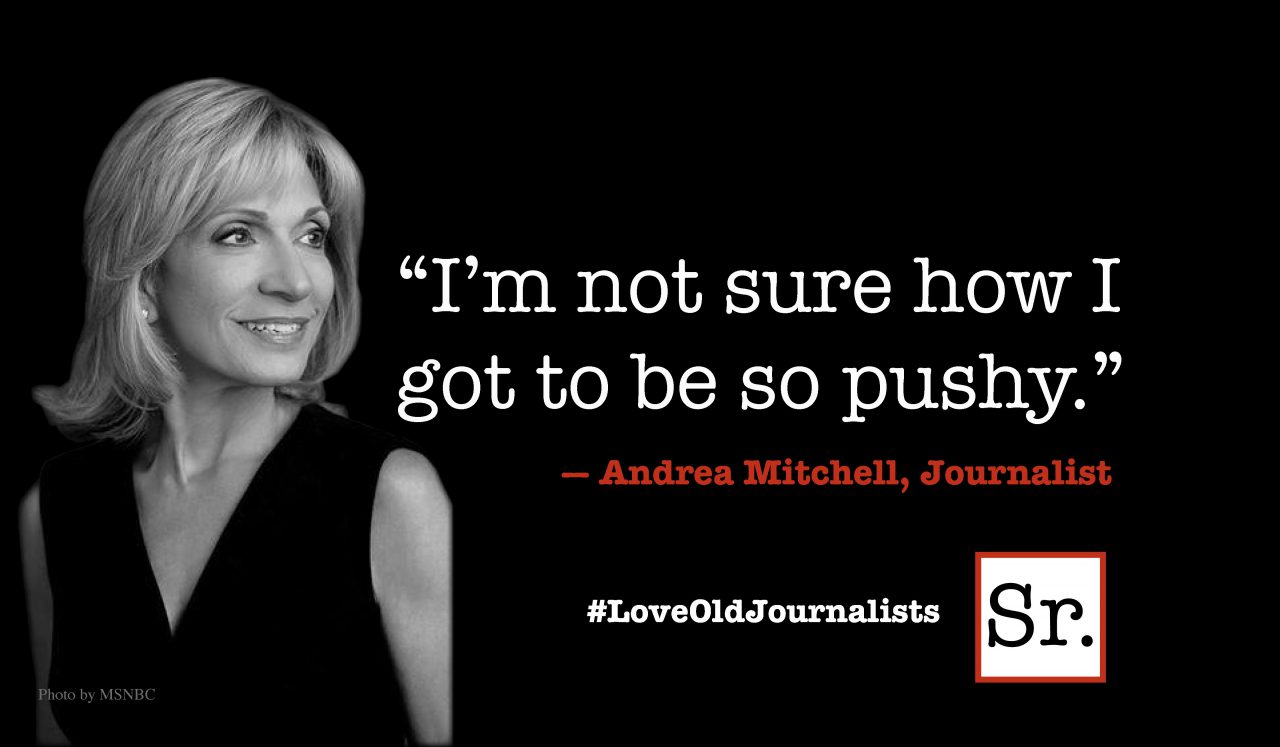Is Disney’s live-action version of “Beauty and the Beast” as good as the old-style, hand-drawn 1991 original?
Nope, but it’ll do.
After a slow middle section, the film delivers the emotional goods. And along the way, it establishes Emma Watson, late of the Harry Potter franchise, as a name-above-the-title star.
This remake is the latest in Disney’s recycling of its classic animation library — see last year’s “The Jungle Book” and “Cinderella” the year before. The film, from Director Bill Condon (“Dreamgirls,” “Chicago”), hits favorite familiar notes while introducing some new (and mildly controversial) elements.
Its strongest component remains Alan Menken and the late Howard Ashman’s score from the first film, a collection of hummers that immediately pleases the ear and quickly takes up residence in the head. Small wonder a stage version became a Broadway smash. (I found the the three new tunes written for the film by Menken and the late Tim Rice to be forgettable.)
The story is by now familiar to all. Belle (Watson) is too smart to fit into traditional girly categories, setting off suspicions among her provincial fellow villagers in 18th-century France.
When her father (Kevin Kline) is imprisoned in the enchanted castle of the Beast (Dan Stevens) — a vain and cruel prince working off a curse — Belle trades places with the old man. Over time she wins over the Beast’s staff, domestics who have taken the form of household objects and eventually gains the love of her grumpy host.
Meanwhile the villagers are being stirred up by Gaston (Luke Evans), the preening he-man who wants Belle for himself.
Following the nifty production number “Belle,” which introduces us to our heroine and her circumstances, “Beauty and the Beast” slows to a crawl, only to pick up an hour later when the Belle/Beast relationship starts to assert its romantic pull.
The problem is one of size. The cartoon “Beauty,” nominated for a best picture Oscar, ran for 84 minutes. It was taut and wasted nothing.
Condon’s rendition runs for more than two hours. It feels bloated.
Moreover, the Beast comes off as, well, cartoonish. Stevens — filmed with performance and facial capture technology — is so buried beneath layers of animated whiskers and digitally distorted dialogue that the genial “Downton Abbey” actor is lost in the pixels. The character would have been better served with traditional makeup and wigs. At least we’d be able to see the actor inside.
A similar fate befalls the Beast’s household staff, who speak with the voices of such heavyweights as Sir Ian McKellen, Emma Thompson and Ewan McGregor as Cogsworth, the officious clock; Mrs. Potts, the motherly teapot; and Lumiere, the dapper candelabra. They, too, exhibit diminished personalities. Viewers may find themselves wishing the filmmakers could have used the talents of the original cast: David Ogden Stiers, Angela Lansbury and the late Jerry Orbach.
(Is it the performances, or is there a basic difference between drawn characters and those rendered in uber-realistic computer graphics? Someone ought to do a research paper.)
Happily, in the end this “Beauty and the Beast” feels like a genuine fairy-tale romance. But not without stepping on a few toes.
1991’s “Beauty” punched socio-economic-political buttons, and this version supercharges them. The piece always has had a feminist streak (in the show-stopping opening number, “Belle,” parochial villagers find our heroine weird because she, gasp, reads) but the screenplay by Stephen Chbosky and Evan Spiliotopoulos ups the ante.
Like her eccentric father, Belle is an inventor who comes up with a labor-saving device for housewives: a donkey-powered washing machine. The public reaction is just short of a Salem-style witch hunt.
And male swagger and privilege have rarely been so thoroughly debunked as in the character of Gaston, the bombastic huntsman (“I use antlers in all of my decorating”) and preening hunk determined to marry our heroine.
The big change is to be found in Gaston’s sidekick and shameless yes-man LeFou (Josh Gad), who is clearly gay and smitten with this Adonis (Gaston is too wrapped up in his own self-worship to notice).
It’s not a bad joke, but it’s overplayed. Moralistic critics may find a gay LeFou offensive and subversive, but the real sin is that the joke goes on long after it’s worn out its effectiveness.
Another thing that may bug traditionalists (but to me was a welcome change): Condon practices race-neutral casting. There are black faces scattered in this version of pre-revolutionary France. Audra McDonald provides the voice of the enchanted armoire, Madame Garderobe, and makes brief on-screen appearances at the beginning and end of the film.
Bottom line: This “Beauty” is big, well-designed, tuneful and — finally — romantic.
But here’s the odd thing: It made me want to revisit the original.









